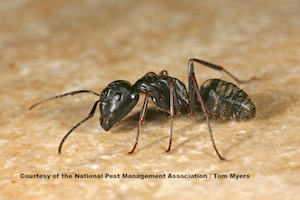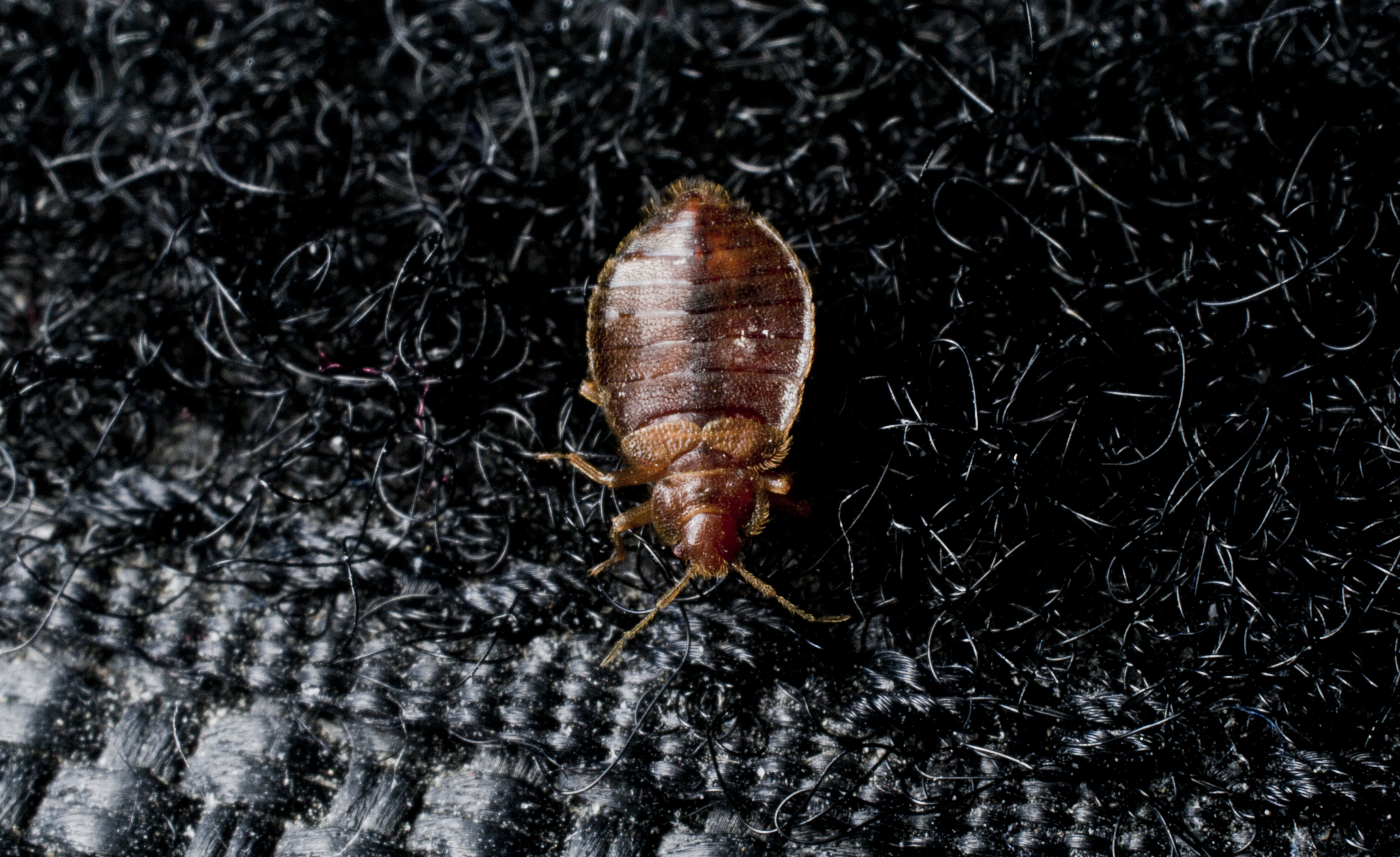Experts Warn Hot, Rainy Conditions Could Fuel Alarming Increase in Vector Pest Populations
National Pest Management Association issues special Vector Sectors™ warning for mosquito pressure in Florida
FAIRFAX, VA (August 22, 2023) – Today, the National Pest Management Association (NPMA) released its bi-annual Vector Sectors™ list of the top 10 U.S. cities with the greatest risk for increased pest pressure from vector pests for the remainder of summer and into fall. For the first time ever, the seasonal report includes a mosquito pressure warning for the entire state of Florida due to above-average temperatures and precipitation, which create ideal breeding conditions for these disease-spreading pests.
“As pest experts, we know that mosquitoes can breed in as little as half an inch of standing water, and with areas of the country seeing extended bouts of rainfall this spring and summer, we’re anticipating – and in some areas, already observing – cases of increased mosquito pressure as a result,” said Dr. Jim Fredericks, Senior Vice President of Public Affairs for NPMA.
According to the Centers for Disease Control and Prevention (CDC), recent reports of locally acquired malaria infections in the U.S. constitutes a public health emergency. In addition to increased mosquito activity, NPMA expects other vector pest populations, including ticks and flies, will be on the rise.
“A nuisance, sure, but pests like ticks, mosquitoes and flies are also carriers of life-threatening diseases, making it of the upmost of importance to spread awareness among the American public when traveling and spending more time outdoors,” said Dr. Jorge Parada, Medical Advisor for NPMA with a focus on infectious disease.
The top 10 U.S. cities* named to NPMA’s Vector Sectors list include:
- Florida: Florida recorded above-average rainfall levels in recent months. These conditions, combined with warm summer days, could create the perfect standing water conditions for mosquito populations to flourish this summer.
- Boston: Heavy rainfall in July and warm weather anticipated during the remaining summer months creates the perfect environment for mosquitoes to thrive. Ticks will continue to be a threat throughout the summer months.
- Dallas: Above-average rainfall in spring and summer coupled with warm temperatures may increase mosquito, tick and fly populations.
- Denver: Tick and mosquito season started earlier this year thanks to warm and wet weather in May and June. If rainfall and warmer temperatures continue as predicted, tick and mosquito populations could continue to flourish in the coming months.
- Hartford: Heavy rains will encourage plant growth in tick habitats and promote development sites for mosquito larvae.
- Kansas City: With forecasts calling for increased rainfall and above-average temperatures, conditions could be perfect for tick and mosquito populations to flourish in the coming months.
- Indianapolis: Above-average rainfall combined with warm summer days could create the perfect standing water conditions for mosquito populations to flourish this summer. These conditions could also cause an increase in fly populations, leading to a potential increase in fly activity both inside and outdoors.
- Providence: Despite some of the coolest summer temperatures that have been seen in over 40 years, recent floods may produce the perfect conditions for mosquito development. High rainfall can also encourage the growth of more vegetation, which can serve as shelter for ticks going into the fall.
- Portland: Thanks to the warmest May on record for Oregon, ticks may continue to take advantage of this early start to the year, which could mean an uptick in tick activity for the rest of the summer into fall.
- St. Louis: After a dry and warm spring, mosquito populations may bounce back as the precipitation picks back up in the later summer months. Tick activity may also see an upswing following more rainfall.
*Listed in alphabetical order, no numeric ranking.
“In issuing this seasonal forecast, we hope to shed light on the correlation between weather patterns and pest pressures, and give Americans the tools they need to safeguard themselves and their families from the health risks posed by disease-carrying pests,” Fredericks added.
If pests are an issue in or around your home, be sure to contact a qualified pest control professional to help properly identify and treat the issue. For more information on NPMA’s Vector Sectors list and to learn more about protecting against vector pests, visit PestWorld.org.
###

Learn About Ants
Ants are a common pest homeowners struggle to eradicate. Learn more about them!

Bed Bug Pest Guide
Traveling for the holidays this year? Be sure to keep an eye out for bed bugs! Use our Pest Guide to help identify this pest.

NPMA's What Grows There? Project
Check out NPMA's What Grows There? project to learn how pests, such as flies, cockroaches and rodents, can spread germs throughout a home.

About the National Pest Management Association
The NPMA, a non-profit organization with more than 5,500 members, was established in 1933 to support the pest management industry's commitment to the protection of public health, food and property from the diseases and dangers of pests. For more information, visit PestWorld.org or follow @PestWorld on Facebook, X, Pinterest, TikTok and YouTube and @PestWorldOfficial on Instagram.

Learn About Ants
Ants are a common pest homeowners struggle to eradicate. Learn more about them!

Bed Bug Pest Guide
Traveling for the holidays this year? Be sure to keep an eye out for bed bugs! Use our Pest Guide to help identify this pest.

NPMA's What Grows There? Project
Check out NPMA's What Grows There? project to learn how pests, such as flies, cockroaches and rodents, can spread germs throughout a home.

